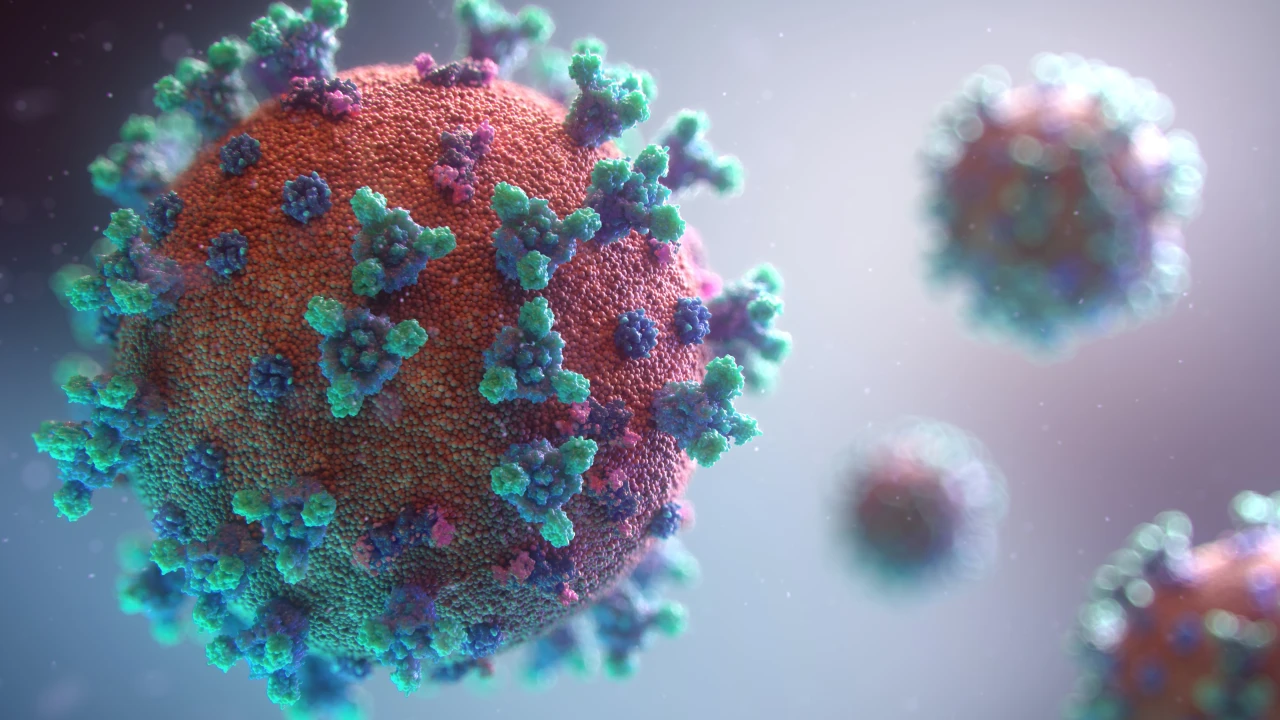October jobs growth exceeds expectations
The October jobs report was a burst of good economic news. Not only did job creation exceed expectations in October with 531,000 new jobs added, but the previously disappointing jobs reports from August and September were revised upward by a combined 235,000. That adds up to a three-month job creation average of 442,000 a month.
In other good news, women gained 57% of new jobs added, the National Women’s Law Center reports, after a disproportionate number of jobs lost during the pandemic were women’s. The unemployment rate ticked up among women, likely because of women reentering the labor force but not having found jobs yet.
The recovery is still incomplete and unequal, though. Among women, 292,000 of those reentering the labor force were white and 114,000 were Hispanic—but 52,000 Black women left the labor force. More than 1.7 million women are still out of the labor force as compared with February 2020, as compared with 1.2 million men.
The unemployment rate ticked down to 4.6%, but continued to highlight racial inequities. The white unemployment rate is 4%, while the Black unemployment rate is nearly twice as high at 7.9%.
“Payroll employment is still down 4.2 million from its pre-pandemic level in February 2020,” the Economic Policy Institute’s Elise Gould tweeted. “But the real job shortfall is more likely to be in the range of 5.5 to 8.2 million using reasonable counterfactuals to absorb working age population growth or pre-pandemic trends.”
While overall jobs growth was good in October, the gap in state and local government jobs grew, largely due to seasonally adjusted losses in education jobs. State and local governments “are down 928,000 since Feb ‘20—most of that, 574,000, in education,” the Economic Policy Institute’s Heidi Shierholz tweeted, calling for the governments to use American Rescue Plan funds to close that gap.
It’s great to have such a solid jobs report showing that recovery is still moving forward despite the delta strain of COVID-19. But as with the pandemic itself, in which more than 1,000 people are still dying every day, the economy is not all better. The uneven recovery shows the deep-seated inequality of the U.S. economy, which is with us through good times and bad.

